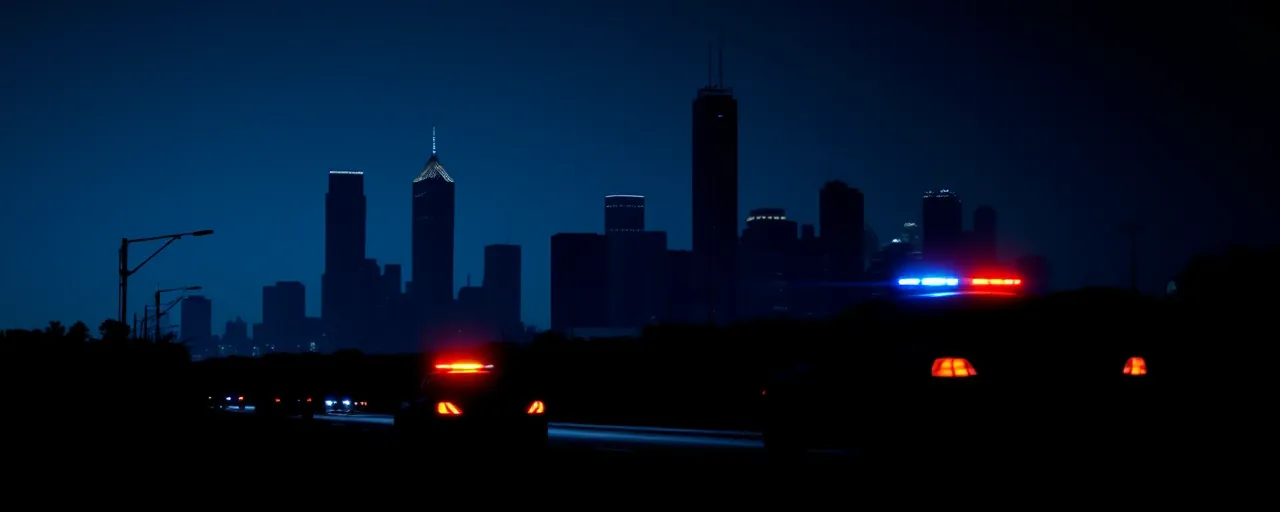A Robbery Gone Awry
It came out of nowhere, a bank robbery attempt on April Fools’ Day that didn’t go as planned. In southwest Houston, a man walked into a PNC Bank just after 9 a.m. on April 1, 2025, slipped a threatening note to the teller, and waited for cash that never came. The teller, quick on their feet, retreated to a secure area, leaving the would-be robber empty-handed and forcing him to flee. No one was hurt, but the incident has left authorities scrambling to track down the suspect.
The FBI’s Houston Violent Crime Task Force now leads the hunt, piecing together what little they know about the man described as a slim, six-foot-tall Black male in his late 40s, dressed in a black hoodie and sneakers. With surveillance photos circulating on the FBI’s social media accounts, the agency hopes someone recognizes him. Crime Stoppers of Houston has sweetened the deal, offering up to $5,000 for information that nails down his identity and location.
A Fading Crime in a Digital Age
Bank robberies like this one are becoming relics of a bygone era. Data from the FBI shows a steep drop, with just 1,362 incidents nationwide in 2023, down over 83% from two decades ago. Security cameras, dye packs, and GPS trackers have made the crime riskier and less profitable, while banks keep less cash on hand. Meanwhile, cybercriminals rake in bigger hauls online, leaving physical heists to a shrinking pool of desperate individuals often driven by addiction or financial collapse.
Yet this case stands out, tied to a day known for mischief. April Fools’ Day has a knack for blurring lines between pranks and crime, with past incidents ranging from fake bomb threats to vandalism spiraling out of control. Whether this robbery was a poorly timed joke or a genuine attempt remains unclear, but its failure underscores how modern defenses can stop even determined efforts in their tracks.
The Minds Behind the Masks
What drives someone to walk into a bank with a threatening note? Researchers point to a tangled mix of mental health struggles and economic pressure. Substance abuse often fuels impulsive decisions, while disorders like antisocial personality disorder, marked by a disregard for rules, show up in some offenders. For others, it’s less about pathology and more about survival, poverty, or a fleeting thrill that overrides better judgment.
The note in this case, threatening the robber’s own family, adds a twist. It could signal coercion, desperation, or a calculated ploy to unnerve the teller. Either way, it hints at a deeper story, one that experts say reflects broader patterns. While bank staff escaped physical harm, the psychological toll of such encounters can linger, leaving victims grappling with anxiety or worse long after the suspect disappears.
Crowdsourcing Justice
Enter Crime Stoppers, a program banking on public eyes to crack the case. Since 1976, its anonymous tip lines and cash rewards have solved over 425,000 crimes worldwide, recovering billions in stolen goods. In Houston, the $5,000 offer aims to jolt someone’s memory, a strategy that’s paid off before. In Rochester, New York, for instance, 1,880 tips led to 361 arrests over four years, proving the model’s worth in breaking dead-end investigations.
The FBI’s social media push amplifies the effort, tapping platforms like X and Facebook to spread the suspect’s image far and wide. Law enforcement has leaned hard into these tools, using everything from geotags to reverse image searches to map out suspects. Privacy advocates raise eyebrows at the reach, but for now, it’s a lifeline, pulling in leads where traditional methods hit walls.
Piecing It All Together
This foiled heist stitches together threads of a changing crime landscape. Bank robberies may be fading, but they haven’t vanished, popping up in moments of human desperation or miscalculation. The FBI and Crime Stoppers are betting on a mix of tech and community grit to close this chapter, a reminder that even failed crimes leave ripples, from shaken bank staff to a public now on alert.
As the suspect remains at large, the case lingers as a puzzle with missing pieces. Was it a prank that went too far, a cry for help, or just bad luck on a day already steeped in trickery? Whatever the answer, it’s a stark snapshot of how old-school crime collides with today’s tools and tensions, leaving everyone waiting for the next move.
